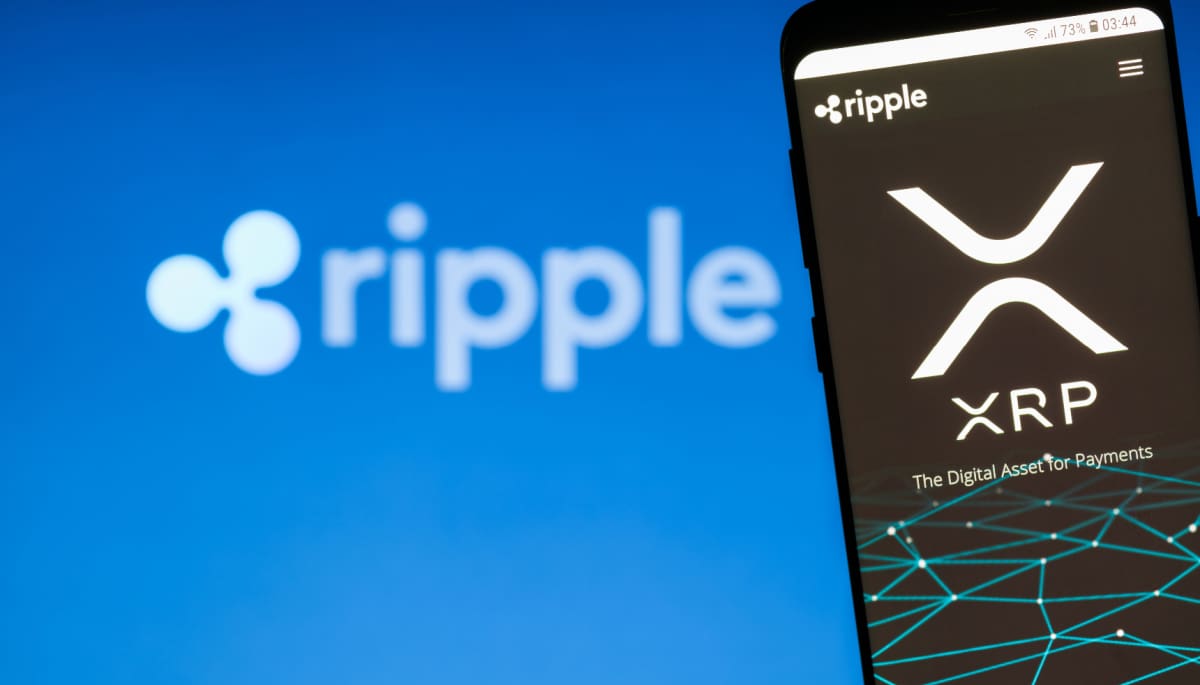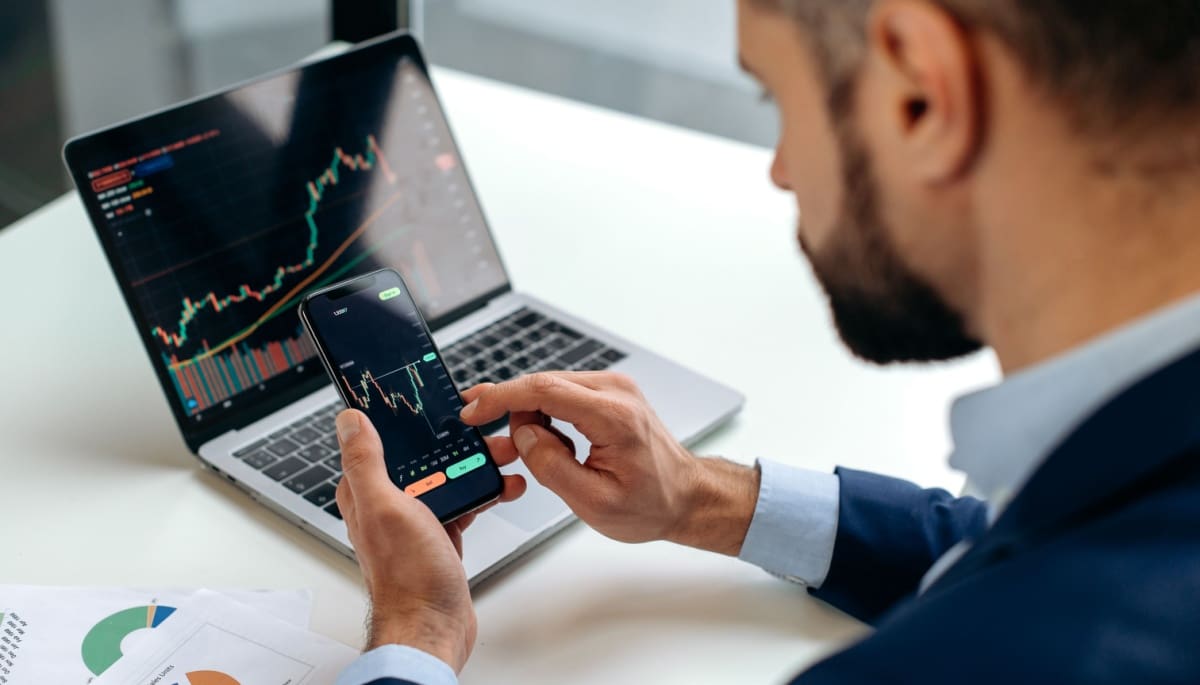Ripple presents XRP for years as the future of international payments.
But behind the brilliant history, there is a surprising fact: the vast majority of XRP tokens belong to a single part. What exactly is the situation? And is this bad or just logical?
100,000 million tokens, but for whom?
When XRP was launched, the whole reserve was created suddenly. There was no mining or a fair start for the community.
In fact, 80% of all the tokens went directly to Ripple, the company behind the network.
“It’s not a small game,” said Khiem. “It’s the network.”
The rest was distributed between the founders. The question is then: if a game belongs to everything, who decides what is going on?
“In detention”, but is it enough?
Ripple says: We maintain a large part of these tokens in detention, a kind of digital safe. As a result, they cannot spend everything at a time.
But what does that mean? And who decides when these chips are released?
Raoul and Khiem explain it in detail in the episode.
Why join if nothing is obtained in return?
Unlike Bitcoin or Ethereum, with XRP, there is no reward for those who help use the network. Neither mining, nor bets, nor incentives.
“So why direct a knot?” Request Khiem.
“Unless you are part of Ripple himself …”
Is it bad? In any case, he raises questions about independence and the real role of users on the network.
Ripple: Blockchain Company or Project?
What makes XRP unique is that it is strongly linked to a commercial enterprise.
Ripple is not an anonymous open source community. It is an American technological company with a marketing budget, associations and a clear management.
This has opportunities, but also risks.
“If the company works well, XRP can benefit from it,” explains Raoul.
“But you must ask yourself what is invested exactly: in the token, in the network or in the company?”
Do you instantly want the latest cryptographic news? Follow us on Twitter / X




